When flying in rough weather, some helicopters are better equipped to handle turbulence than others. Factors like design, weight, and rotor stability play a big role in how well a helicopter maneuvers through turbulent conditions. However, certain models struggle more than most, making them less ideal for challenging flights. Here’s a look at 25 helicopters that often fall short when it comes to handling turbulent skies.
Contents
Robinson R22

The Robinson R22, a popular two-seat training helicopter, is extremely lightweight, which makes it more susceptible to turbulence. Its small rotor system also struggles to compensate for sudden gusts, making the aircraft harder to stabilize in turbulent conditions.
Robinson R44

Similar to the R22, the Robinson R44 is a light helicopter with limited stability features. While it offers four seats, it lacks the weight and rotor stability of larger helicopters, making it prone to instability in windy or turbulent conditions.
Bell 206 JetRanger
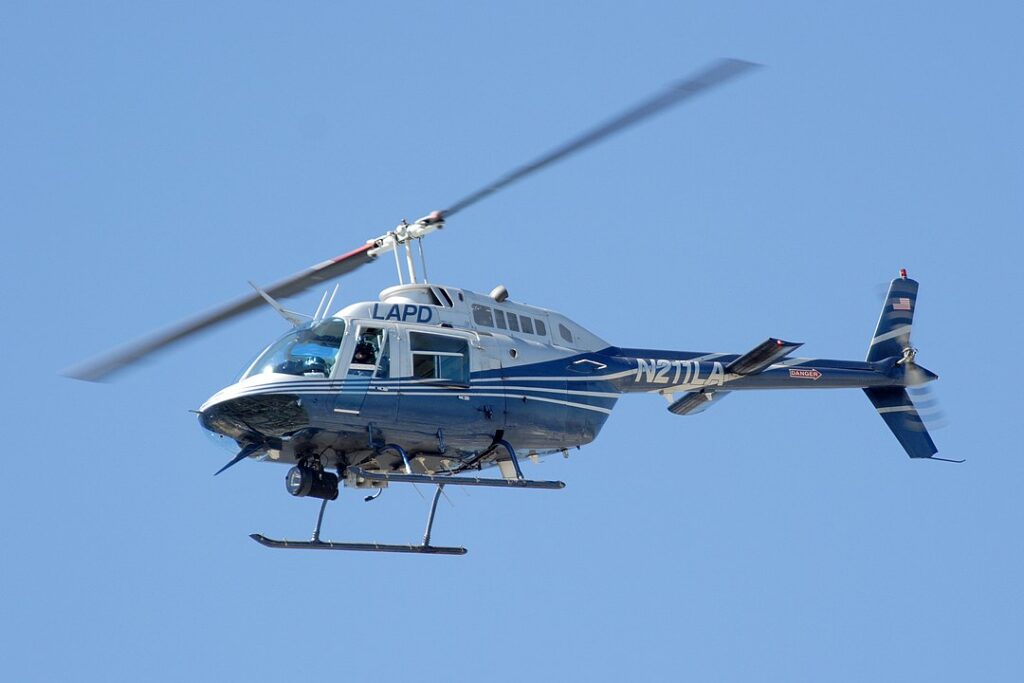
Though widely used, the Bell 206 JetRanger is not known for handling rough weather well. Its relatively light frame and modest engine power make it less responsive in high-wind environments, reducing its stability in turbulence.
Bell 47

An older design, the Bell 47 has exposed rotor and tail configurations that make it vulnerable to lateral gusts. Additionally, its lower power-to-weight ratio affects its ability to quickly correct orientation in turbulent weather.
Schweizer 300C

This helicopter is known for its small frame and limited power, which struggle to counteract turbulent forces. The 300C’s stability is further impacted by its lightweight structure, making it challenging to fly smoothly in windy conditions.
Eurocopter AS350 Écureuil
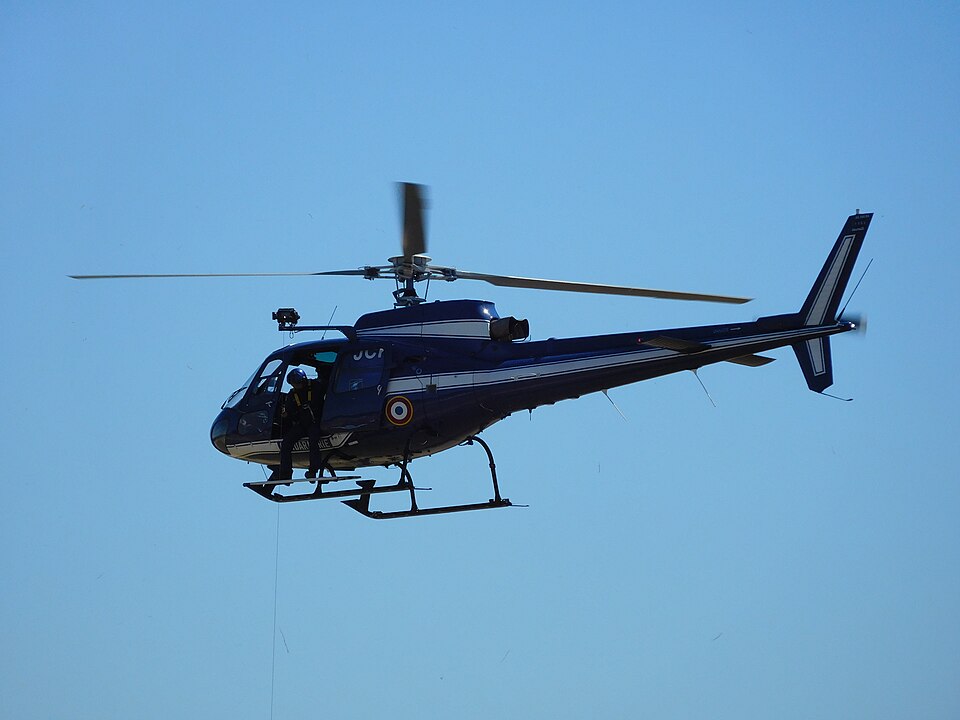
While commonly used in various applications, the AS350 lacks the weight and aerodynamic balance needed to manage turbulent conditions effectively. Its relatively light airframe makes it prone to jerky movements when turbulence hits.
Eurocopter EC120 Colibri

Built for lighter duties, the EC120 Colibri doesn’t have the robust stability features found in heavier helicopters. This results in a bumpy experience in turbulent weather, as its light frame struggles against strong wind gusts.
MD Helicopters MD 500

The MD 500, while agile, lacks the weight needed to stay steady in turbulence. Its compact design and limited damping in the rotor system make it more vulnerable to instability when flying through unpredictable air.
Sikorsky S-300

The S-300 is another lightweight helicopter primarily used for training. With a less powerful engine and lightweight design, it has difficulty countering turbulence, often leading to a rougher ride in unstable conditions.
Enstrom F-28

Though sturdy, the Enstrom F-28 is a lighter helicopter, making it less adept at handling turbulent conditions. Its simpler rotor system lacks advanced stabilization, reducing its ability to recover quickly in rough weather.
Hughes OH-6 Cayuse

Known for its agility in calm conditions, the OH-6 Cayuse’s small size and lightweight construction are disadvantages in turbulence. It has difficulty maintaining stability in windy environments due to its lower mass.
AgustaWestland AW109

Despite being a versatile aircraft, the AW109’s relatively lightweight design makes it vulnerable in turbulent weather. It’s built for speed and agility, which doesn’t always translate to stability when strong winds and turbulence are present.
Airbus H125
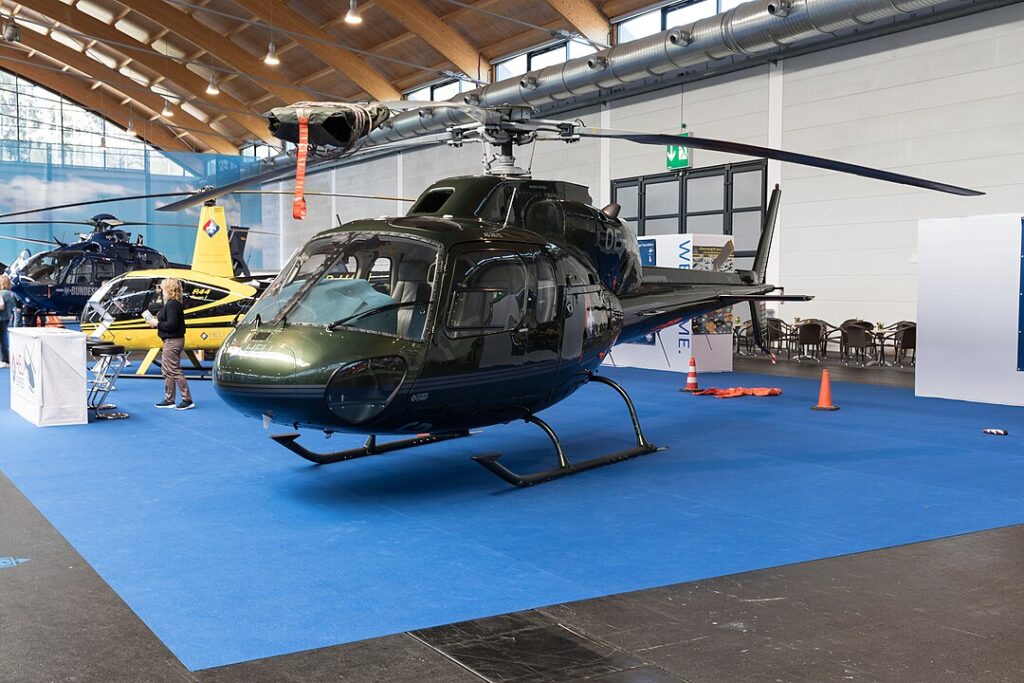
The H125, although powerful, doesn’t fare well in turbulence due to its lighter airframe and sensitivity to wind gusts. It’s prone to quick shifts in direction, making it challenging to control in rough weather.
Bell 407

While a popular helicopter, the Bell 407’s lightweight design makes it more susceptible to turbulence. Its rotor system lacks the damping found in heavier models, leading to less control in unstable air.
Aérospatiale SA 341/342 Gazelle

The Gazelle’s high-speed rotor design provides speed but sacrifices stability in turbulent conditions. Its lightweight frame and narrow rotor blades make it susceptible to wind shifts, causing instability in gusty environments.
Kaman K-MAX

Though designed for lifting heavy loads, the K-MAX’s intermeshing rotors are highly sensitive to side gusts. The helicopter lacks a tail rotor, which limits its maneuverability in turbulent weather.
McDonnell Douglas 600N

Built for agility, the 600N’s light weight is a drawback in turbulence. It uses a NOTAR (No Tail Rotor) system, which can struggle to maintain control in high winds, affecting its stability.
Robinson R66

Though slightly heavier than the R44, the Robinson R66 shares the same vulnerabilities in turbulent air. It lacks the weight and damping systems needed to stabilize effectively in rough conditions.
Sikorsky S-76

The S-76 is built for luxury, not rugged weather. While it has advanced avionics, its relatively light design for a twin-engine helicopter makes it less resistant to turbulence compared to heavier utility helicopters.
Agusta A109 Power

Known for its speed and agility, the A109 Power has a lightweight frame, which makes it less stable in turbulent conditions. It’s more optimized for speed than stability, leading to issues in gusty winds.
Mil Mi-2

An older model, the Mil Mi-2’s lightweight build and basic design struggle against turbulent conditions. Its small rotor system lacks the capability to quickly stabilize the aircraft in windy weather.
Sikorsky S-55

The S-55 is an older helicopter with a basic design that doesn’t handle turbulent conditions well. It lacks the modern damping systems found in newer models, making it difficult to control in rough weather.
Westland Scout

The Westland Scout was designed for utility rather than stability in turbulence. Its lighter frame and simple rotor design make it harder to control in gusty environments.
Aérospatiale Alouette II

With an older rotor design and limited stability features, the Alouette II doesn’t fare well in turbulence. It lacks the weight and control systems found in newer models, resulting in a rougher ride in unstable conditions.
Bolkow Bo 105

While agile, the Bo 105’s lightweight design and rigid rotor system make it susceptible to turbulence. It can maneuver well in calm conditions but struggles to maintain stability in windy or turbulent environments.
This article originally appeared in MyCarMakesNoise.
More from MyCarMakesNoise
8 RVs That Missed the Mark on Functionality
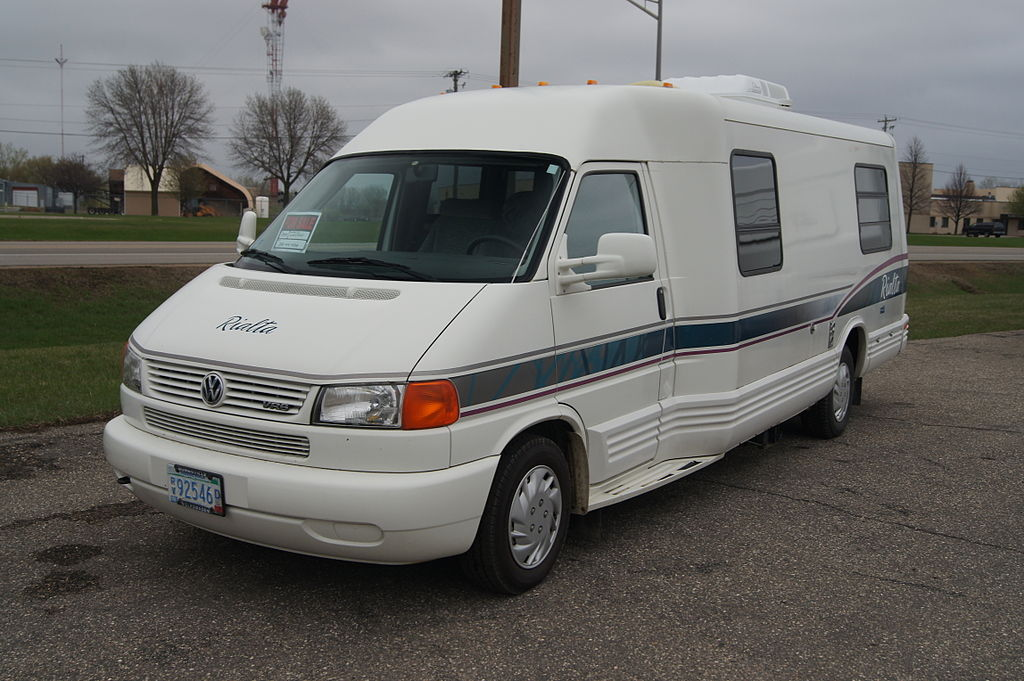
When it comes to RVs, functionality is key to enjoying life on the road. However, not every RV delivers the practicality and comfort travelers expect. In this list, we’ll look at 20 RVs that missed the mark on essential features, making them less ideal for extended trips or everyday use. Read More
16 Small Aircraft Manufacturers Shaping the Future of Aviation

The aviation industry is rapidly evolving, and small aircraft manufacturers are playing a significant role in shaping its future. These companies are pushing the boundaries of innovation, from electric propulsion to cutting-edge safety features. Read More
16 Most Advanced Submarines in Naval History
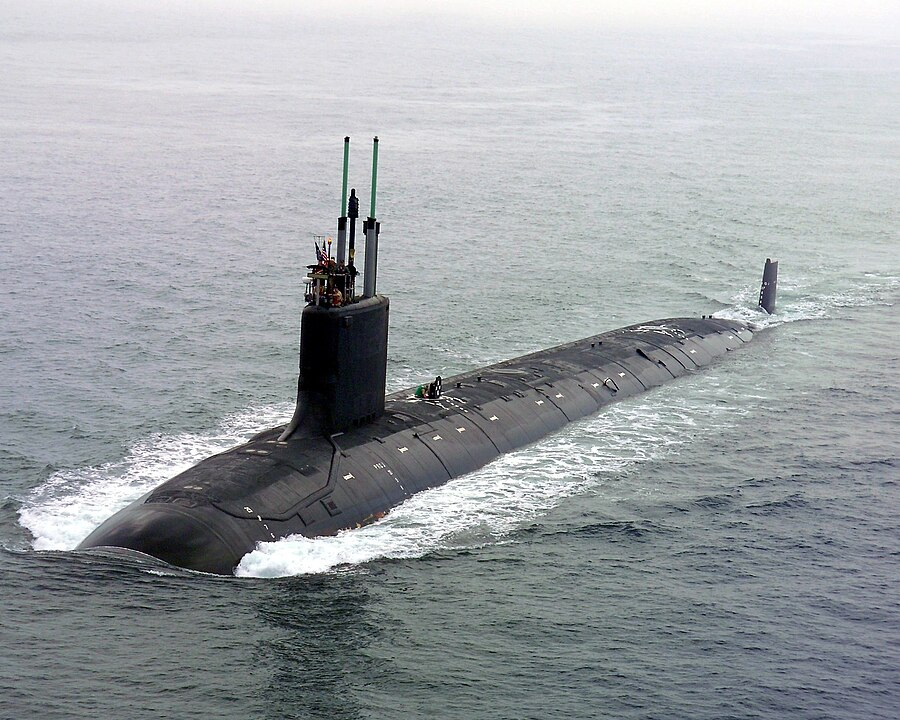
Submarines have played a crucial role in naval warfare for over a century, evolving into some of the most advanced machines ever built. From stealth technology to powerful weapon systems, these vessels are designed to operate in the most challenging environments. Read More














